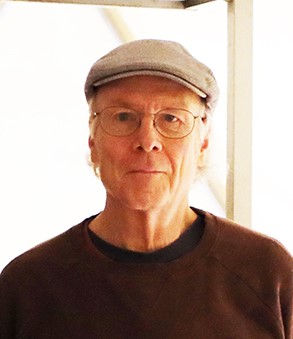The Princeton CMS Group
Marlow works in the High Energy Experimental group with faculty colleages Jim Olsen and Chris Tully on the The CMS Experiment at CERN's Large Hadron Collider. Marlow works closely with Research Associates Alexis Kalogeropoulos, Chris Palmer, and Jakob Salfeld-Nebgen, as well as with graduate students Sam Higginbotham and Jingyu Luo.
Graduate Student Opportunities
Graduate students in the Princeton group divide their time between Princeton and Geneva. Typically, students are based in Princeton for their first three or four semesters, completing their course requirements during the academic year, while spending summers getting started on research at CERN. After that, students typically move to CERN for a year or more, where they become immersed in the experiment and initiate their thesis projects.
Once an analysis is launched, it can be completed either while resident at CERN or back on the Princeton campus. Different models, involving more or less time spent at CERN, are possible, with the ultimate choice driven by the student.
Detector Hardware
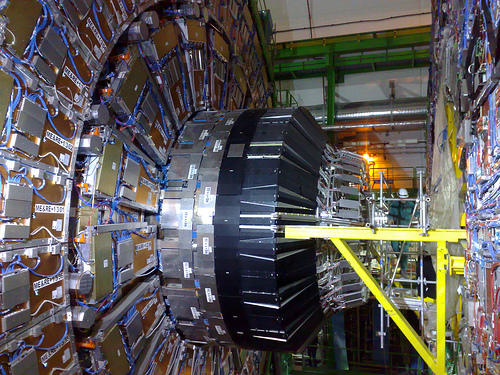
|
Experience with detector hardware is an important part of any graduate education. The Princeton Elementary Particles (EP) group has a long tradition of providing opportunities for students to take on hardware projects. |
Facilities
|
The EP group owns or has access to a variety of state-of-the-art facilities including a modern machine shop, a well equipped electronics shop, and microfabrication facilities. Shown to the right is a recently completed 10,000 class clean room, which houses a Kulicke and Soffa (K&S) Model 1478 full automatic wire bonder, a K&S 4523 deep access wedge bonder, and a K&S 1488 Turbo fully automatic Au ball bonder. In addition, the group owns a variety of other tools useful for the fabrication and assembly of semiconductor detectors. Its facilties are shared with other groups in the department (CMB and CM), which means that several students are knowledgable about the various tools. |
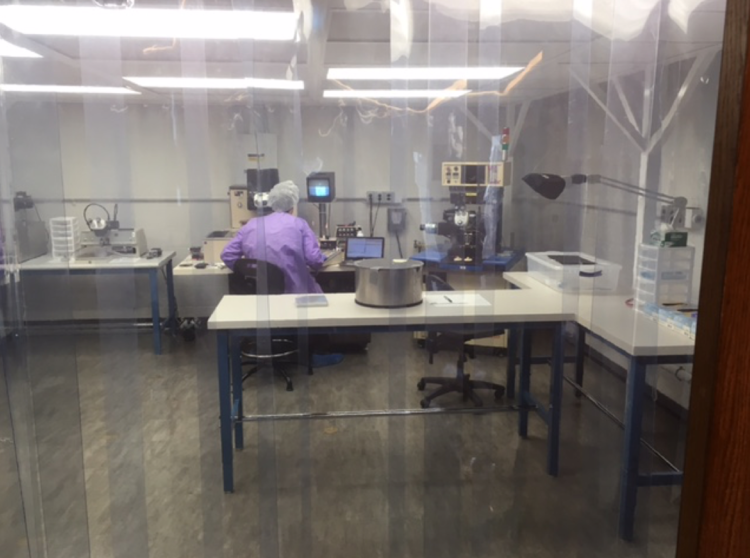
|
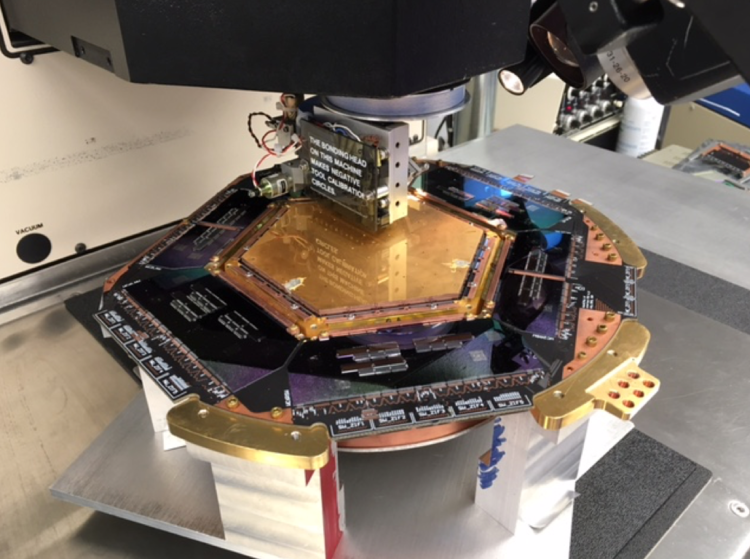
|
The Kulicke and Soffa 1478 fully automatic wire bonder shown to the left has a bonding area of 500 x 500 mm2 and operates at a rate of 3 wires per second. Registration is performed using sophisticated pattern recognition. |
Technical Staff
Equally important is the group's highly capable technical staff, which includes experts in mechanical and electronic engineering and microfabrication. Historically, collaborations between graduate students and members of the group's technical staff have proven to be very potent.
Pixel Luminosity Telescope
| As an example, in the recent past, the group had a major responsibility in the fabrication of an array of particle-tracking detectors known as the "Pixel Luminosity Telescope" (PLT). The PLT employs cooled silicon sensors that are bump bonded to the CMS pixel readout chip. Each telescope comprises three such assemblies, arranged so as to project back to the interaction point (IP). Fast OR outputs from the detectors are used to identify charged tracks emanating from the IP in real time. Since the number of such tracks is proportional to the proton-proton collision rate, which in turn is proportional to the luminosity, the PLT is capable of providing online luminosity information. Ideally, a single telescope would suffice to monitor the luminosity, but to ensure that the system is immune to the effects of drifts in the size and position of the luminous region, an array of sixteen telescopes is being built. The PLT is now installed and operating well in the CMS experiment. It has provided high-quality luminosity information throughout Run 2 of the LHC. |
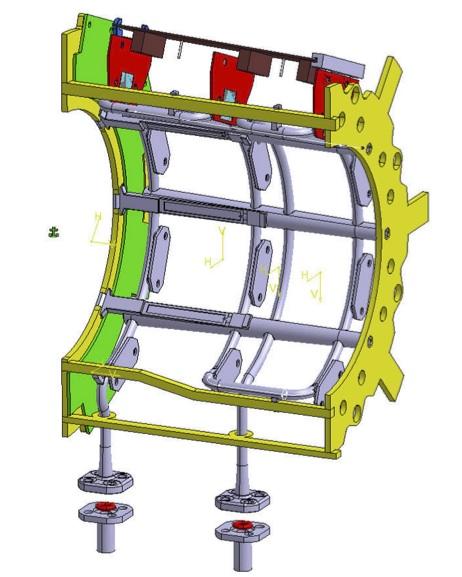
|
CMS Detector Upgrade
More recently, the group has been involved in preparation for the production of modules for the upgraded CMS silicon outer tracker, which is being designed to accommodate the increase luminosity from the High-Luminosity LHC accelerator. Details about the tracker can be found in the CMS Outer Tracker Technical Design Report. A collection 2S modules and their support structure is shown in the right-hand figure below. The left-hand figure below shows an expanded view of a 2S module.
|
|
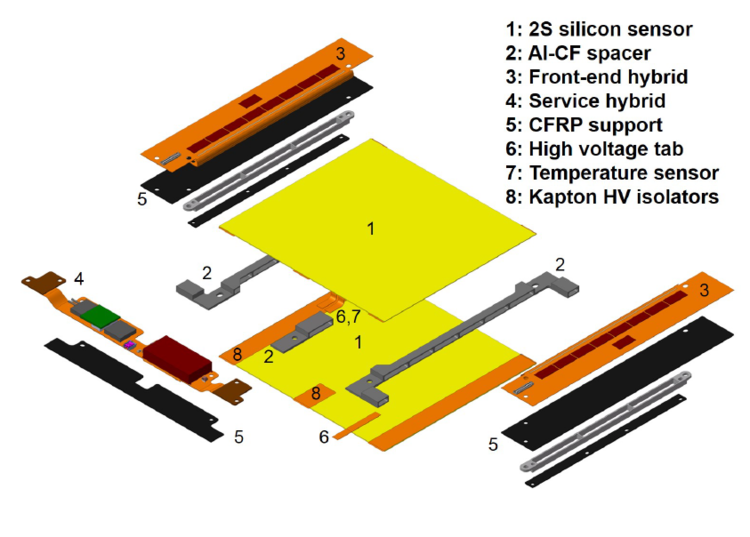
|
Physics and Analysis
Physics opportunities abound, and students are free to join an existing team or to initiate their own efforts. Some ongoing activities are described below.
LuminosityA major service task of the group is providing luminosity information, which is used in essentially every CMS analysis. This activity provides a great way for new students to become familiar with CMS software, while making an important contribution to the CMS physics program. Displaced VerticesThis beyond-the-standard-model topic is a search for displaced jets produced in the decay of long-lived particles that are predicted (for example) "hidden valley" models. Published results from the first such search based on earlier running at 8 TeV are available here. The group is currently pursuing an analysis based on data from the 2016 and 2017 runs of the LHC. There are many directions in which this analysis can be pushed, providing plenty of scope for new students to join the effort. |
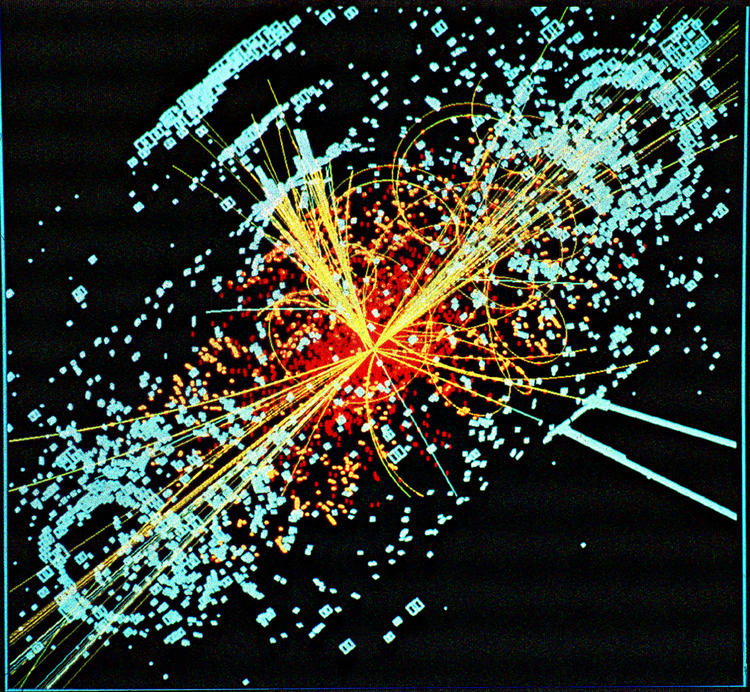
|
Higgs -> Tau Tau
An area of emerging interest in the group is the study of the decay of the Higgs boson to tau pairs. This recently observed mode is of interest as an example of Higgs coupling to fermions. As the size of the H-->tau tau sample increases, it will be become possible to determine the CP mixing angle of the Higgs.
Supersymmetry Search
The group is involved in a search for supersymmetry signatures with tau leptons in the final state and missing energy in the final state. A recent Physics Analysis Summary is available. Variations on this search strategy are under active consideration.
Other Topics
Other topics, not yet in the public domain, are being actively pursued by members of the group. I would be happy to discuss these privately. Please contact [email protected].
Computing
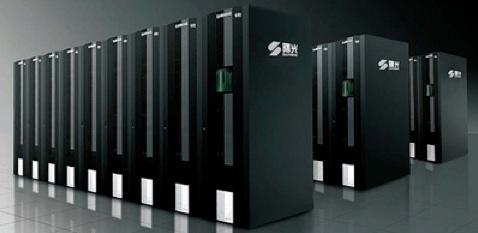
|
The extremely large data samples that will be acquired by CMS will require correspondingly powerful computer analysis facilities. As members of the CMS collaboration, Princeton students enjoy access to the extensive shared facilities provided by CMS. To ensure that members of the Princeton group will have unfettered access to adequate facilities even during "crunch times," the EP group has made arrangements to use the powerful |
computers of Princeton's Institute for Computing in Science and Engineering (PISciE). The highly professional and talented PICSciE staff have done a wonderful job in terms of installing CMS's extensive analysis software on the PICSciE's powerful Linux clusters. New releases are typically installed within a few days of a request.
Theory
| The theoretical community on the Princeton campus and at the nearby Institute for Advanced Study, which has traditionally been a powerhouse in formal theory (strings etc.), has in the past years expanded its purview to include particle phenomenology. This has created a highly stimulating environment for experimentalists and theorists alike. Workshops on topics related to LHC physics are frequently held at the Princeton Center for Theoretical Science which is housed in Jadwin Hall. |
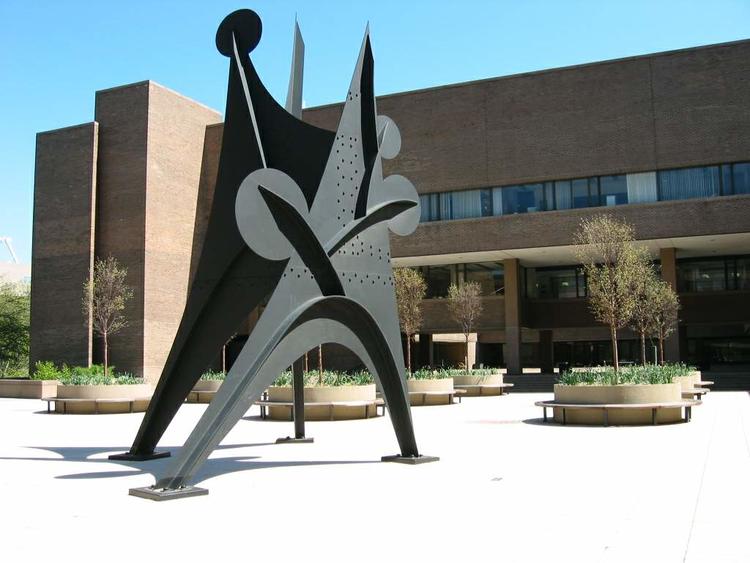
|
In summary, with the LHC running extremely well and producing large data samples, this is an exciting time in experimental particle physics at Princeton, with plenty of opportunities for students to join in the fun.

